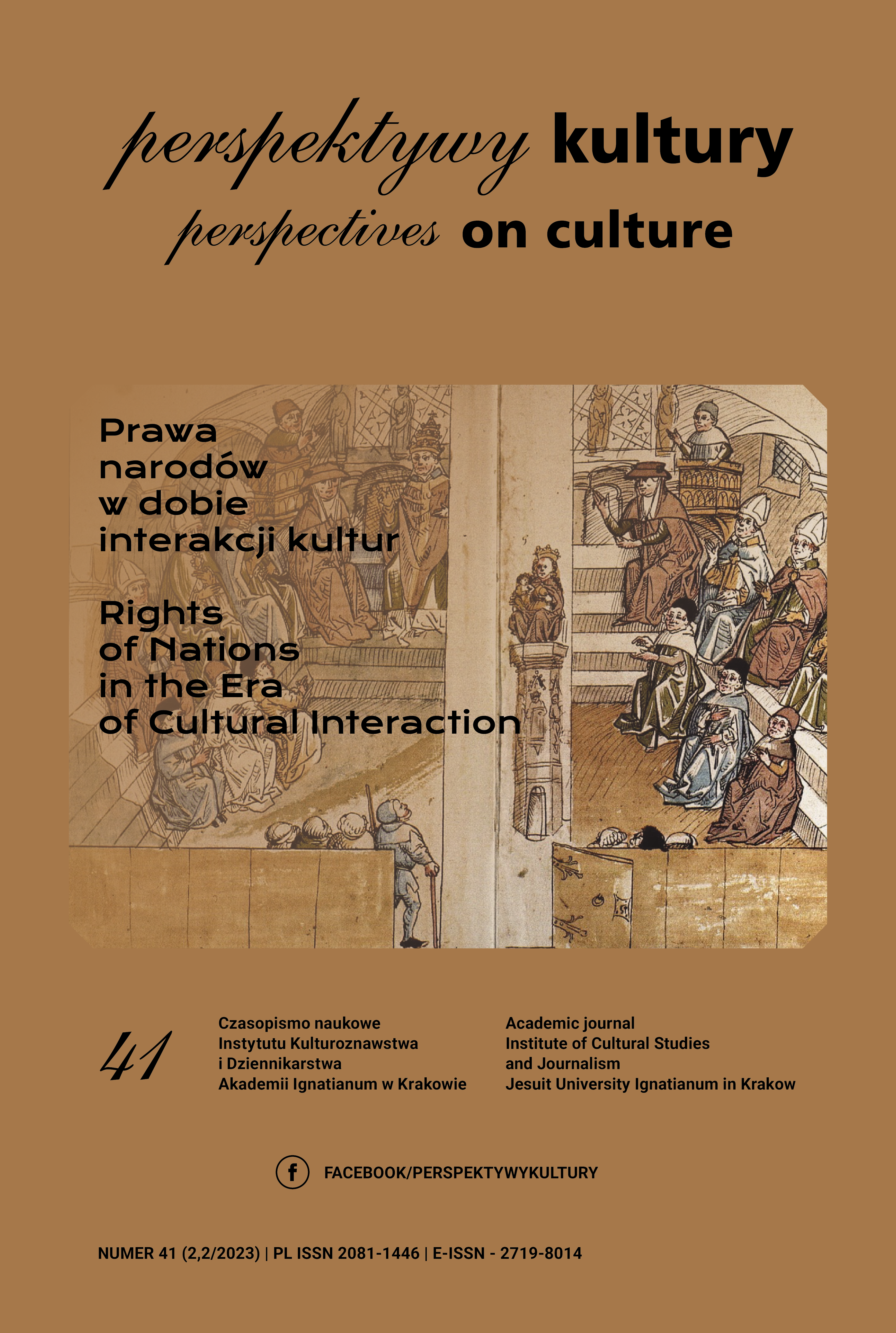Contemporary Ukrainian Visual Culture on the Way to the International Cultural Space
Abstract
The article is devoted to the visual culture of Ukraine since independence. It pays special attention to the trends and phenomena of contemporary Ukrainian visual culture that have entered the context of world culture through recognition on international cultural platforms (competitions, festivals, biennials, etc.). The considerations concern the development of various trends in contemporary Ukrainian art, which use various artistic media: photography, installation, performance and film. In particular, Ukrainian conceptual photography was the most interestingly represented by several generations of photographers of the Kharkiv School, who combined radical bodily imagery and social criticism. The Ukrainian installation is represented by the works of artists of the REP (Revolutionary Experimental Space) group, which is focused on the unity of art and politics and considers artistic creation as a political act. An interesting sub-direction of the installation is the video installation, which delivers an original combination of contemporary Ukrainian artists with site-specific art and artistic means of reflecting on the traumas inflicted on Ukrainian society by the war. The article pays special attention to the development of contemporary Ukrainian cinema. The author demonstrates the connection between the work of contemporary Ukrainian filmmakers and the traditions of Ukrainian poetic cinema. In addition, other trends in Ukrainian cinema are identified: the experimental search for a new film language, the development of documentary cinema, on top of the convergence of fiction and non-fiction artistic languages in the work of contemporary Ukrainian filmmakers. The dominant issues of contemporary Ukrainian films selected for screening at leading European film festivals are identified: inclusiveness, reflection on Ukrainian history, war trauma, psychological rehabilitation of combatants, etc.
References
Badiou, A. (2007). Century. Cambridge: Polity Press.
Barthes, R. (2010). Camera lucida: Reflections on Photography. New York: Hill and Wang.
Beshty, W. (2005). Toward an Empathic Resistance: Boris Mikhailov’s Embodied Documents. Afterall: A Journal of Art, Context and Enquiry, no. 12, 80–88.
Boehm, G. (2009). Pictorial versus Iconic Turn: Two Letters. G. Boehm, W.J.T. Mitchell. Culture, Theory, and Critique, vol. 50 (2–3), 103–121.
Christen, M. (2007). Symbolic Bodies, Real Pain: Post-Soviet History, Boris Mikhailov and the Impasse of Documentary Photography. In: F. Guerin & R. Hallas (eds.), The Image and the Witness: Trauma, Memory and Visual Culture. London: Wallflower Press, 52–66.
Deleuze, G. (2001). Time-Image. Minneapolis: University of Minnesota Press.
Deleuze, G. & Guattari, F. (2021). Anti-Oedipus. Capitalism and Schizo-phrenia. Minneapolis: University of Minnesota Press.
Dudley, A. (2010). What Cinema is! Bazin’s Quest and Its Charge. Oxford: Blackwell.
Gazda, Ya. (2001). Ukrainska shkokla poetychnoho kino. Poetychne kino. Zaboronena shkola. Kyiv: Kino-kolo.
Greenberg C. (1971) Art and Culture. Critical essays. Boston: Beacon Press.
Gumbrecht, H.U. (2004.) Production of Presence: What Meaning Cannot Convey. Stanford: Stanford University Press.
Kosuth, J. (1991). Art after Philosophy and After. Collected Writings 1966-1990. Cambridge, London: The MIT Press.
Kovalchuk, N. (2020). Kharkivska shkola fotografii: Hra proty aparatu. Kharkiv: Moskop.
Krauss, R. (2000). “A Voyage on the North Sea”. Art in the Age of the Post-Medium Condition. London: Thames and Hudson.
Laclau, E. (2007). Emancipation(s). New York; London: Verso.
Lozhkina, A. (2019). Permanentna revoliutsia. Mystetstvo Ukrainy XX-pochatku XXI stolittia. Kyiv: ArtHuss.
Makov, P. (2005). Utopia. Khroniky.1992-2005. Kharkiv: Dukh i litera.
Mitchell, W.J.T. (1995). Picture Theory: Essays on Verbal and Visual Rep-resentation. Chicago, IL: University of Chicago Press.
Mitchell, W.J.T. (2002). Showing Seeing: A Critique of Visual Culture. Journal of Visual Culture, vol. 1, no. 2, 165–181.
Moxey, K. (2013). Visual Time: The Image in History. Durham, NC: Duke University Press Books.
Pasolini, P.P. (1976). The Cinema of Poetry. Movies and Methods. Berke-ley: University of California Press.
Ralko, V. (2014). Kyivskyi shchodennyk. Lviv: Chervone/Chorne.
Copyright (c) 2023 Jesuit University Ignatianum in Krakow

This work is licensed under a Creative Commons Attribution 4.0 International License.
Autor, zgłaszając swój artykuł, wyraża zgodę na korzystanie przez Wydawnictwo Uniwersystet Ignatianum z utworu na następujących polach eksploatacji:
- utrwalania utworu w formie papierowej, a także na nośniku cyfrowym lub magnetycznym;
- zwielokrotnienia utworu dowolną techniką, bez ograniczenia ilości wydań i liczby egzemplarzy;
- rozpowszechniania utworu i jego zwielokrotnionych egzemplarzy na jakimkolwiek nośniku, w tym wprowadzenia do obrotu, sprzedaży, użyczenia, najmu;
- wprowadzenia utworu do pamięci komputera;
- rozpowszechniania utworu w sieciach informatycznych, w tym w sieci Internet;
- publicznego wykonania, wystawienia, wyświetlenia, odtworzenia oraz nadawania i reemitowania, a także publicznego udostępniania utworu w taki sposób, aby każdy mógł mieć do niego dostęp w miejscu i czasie przez siebie wybranym.
Wydawca zobowiązuje się szanować osobiste prawa autorskie do utworu.





